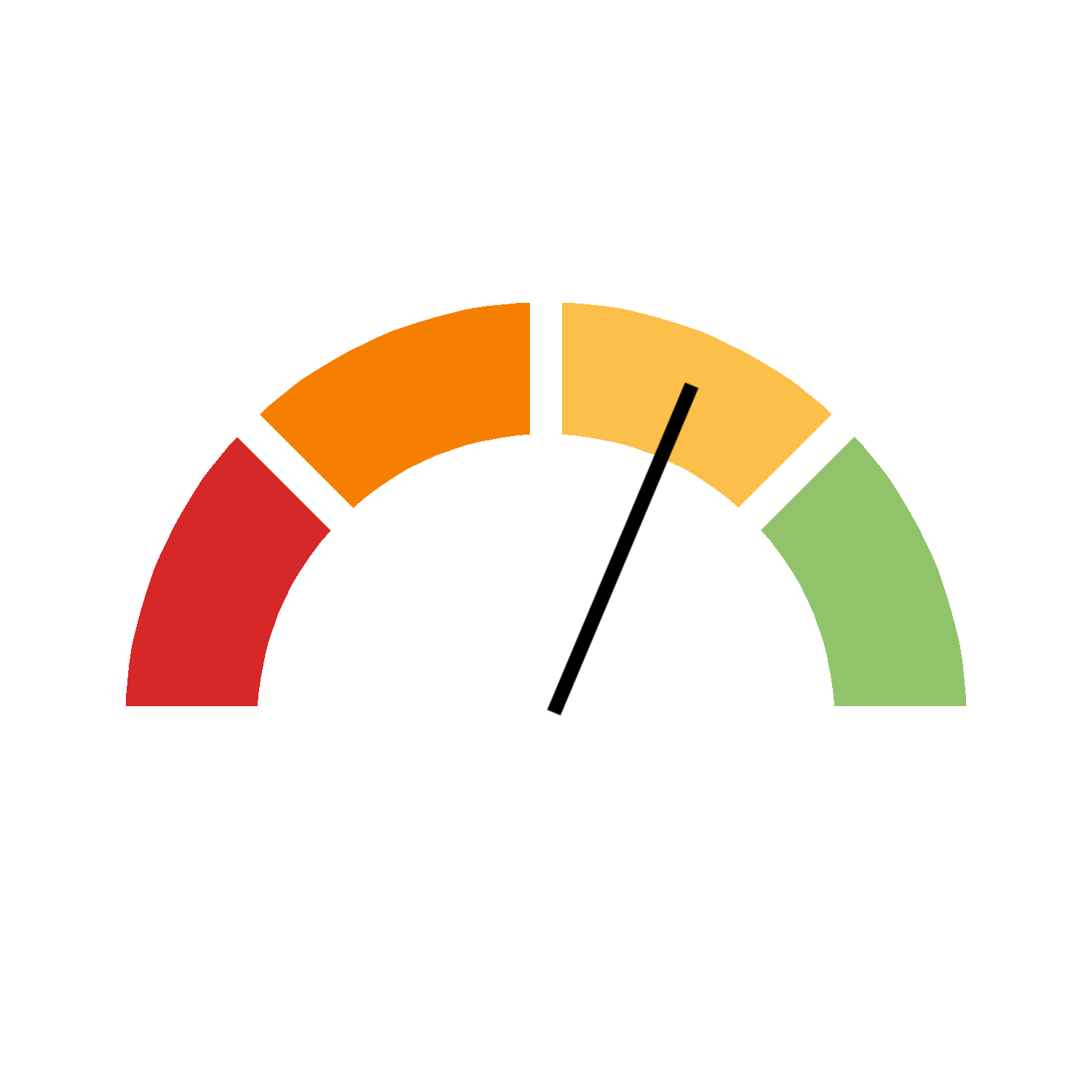The table below contains more information regarding the indicator.
| Goal |
Goal 3: Ensure healthy lives and promote well-being for all at all ages |
|---|---|
| Target |
Target 3.3: By 2030, end the epidemics of AIDS, tuberculosis, malaria and neglected tropical diseases and combat hepatitis, water-borne diseases and other communicable diseases |
| Indicator |
Indicator 3.3.4: Hepatitis B incidence per 100,000 population |
| Definition and concepts |
This indicator measures the prevalence of the Hepatitis B surface antigen in children under five years of age. This indicator is measured indirectly through the proportion of children 5 years of age who have developed chronic HBV infection (i.e. the proportion that tests positive for a marker of infection called hepatitis B surface antigen [HBsAg]). |
| Comment and limitations |
Hepatitis B reporting does not differentiate between acute and chronic cases. |
| Method of computation |
Hepatitis B incidence in children under five years of age per 100,000 population = ([Number of cases in children under 1 year + Number of cases in children aged 1 to 4 years] / Population aged 0 to 4 years) x 100,000 |
| Progress measurement details |
The target for this indicator is a 90% reduction in the incidence rate by 2030, compared to 2015 levels, as established in the World Health Organization’s Global Health Sector Strategy on viral hepatitis 2016–2021. |
